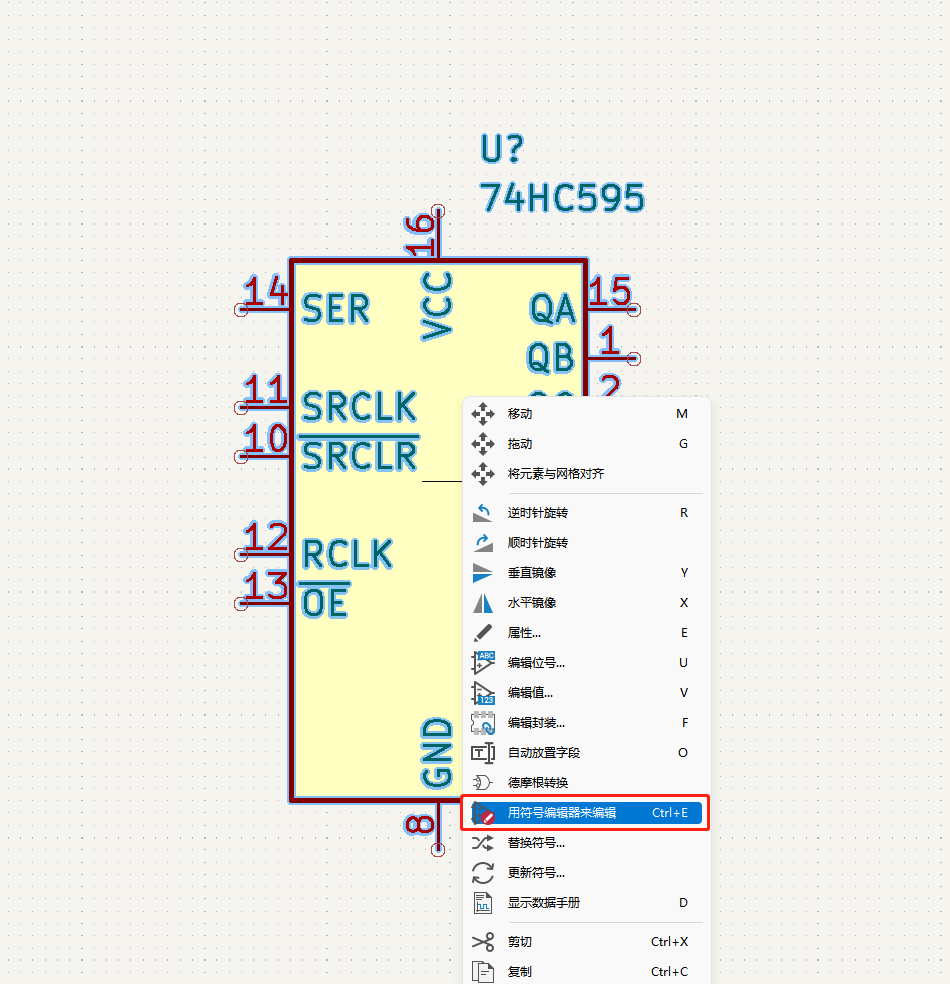基于现有的原理图符号进行修改
kicad
下面演示一下如何基于现有的原理图符号进行修改,以74HC595这个符号为列,我们对这个器件的符号进行修改,首先在原理图中添加这个符号,点击符号库,或者快捷键A,进入符号库,搜索框中输入74HC595,然后将74HC595添加到原理图中如图: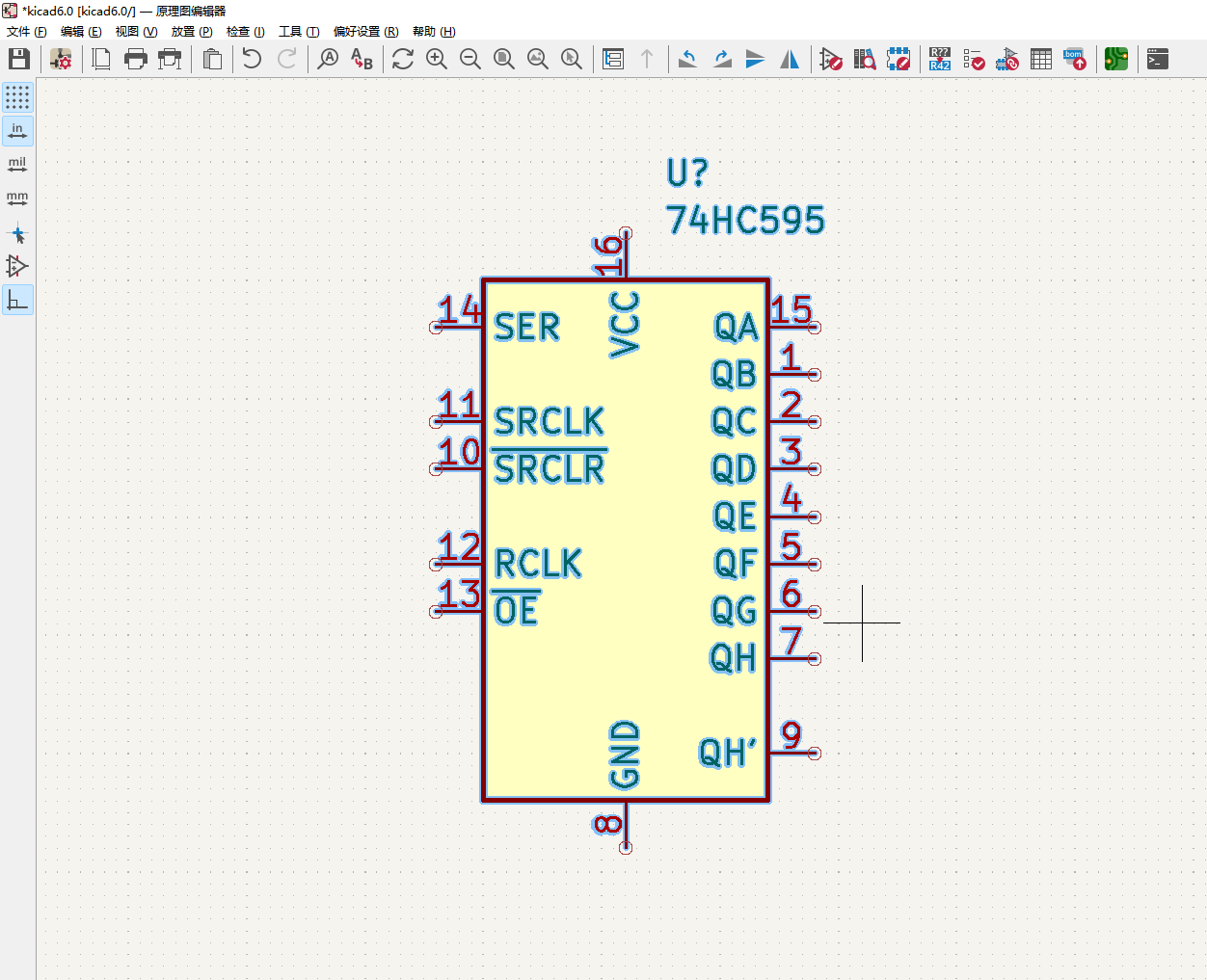
添加符号到原理图
进入符号编辑器界面
我们将左侧的管脚分散放置一下,方便连线,直接拖动管脚移动即可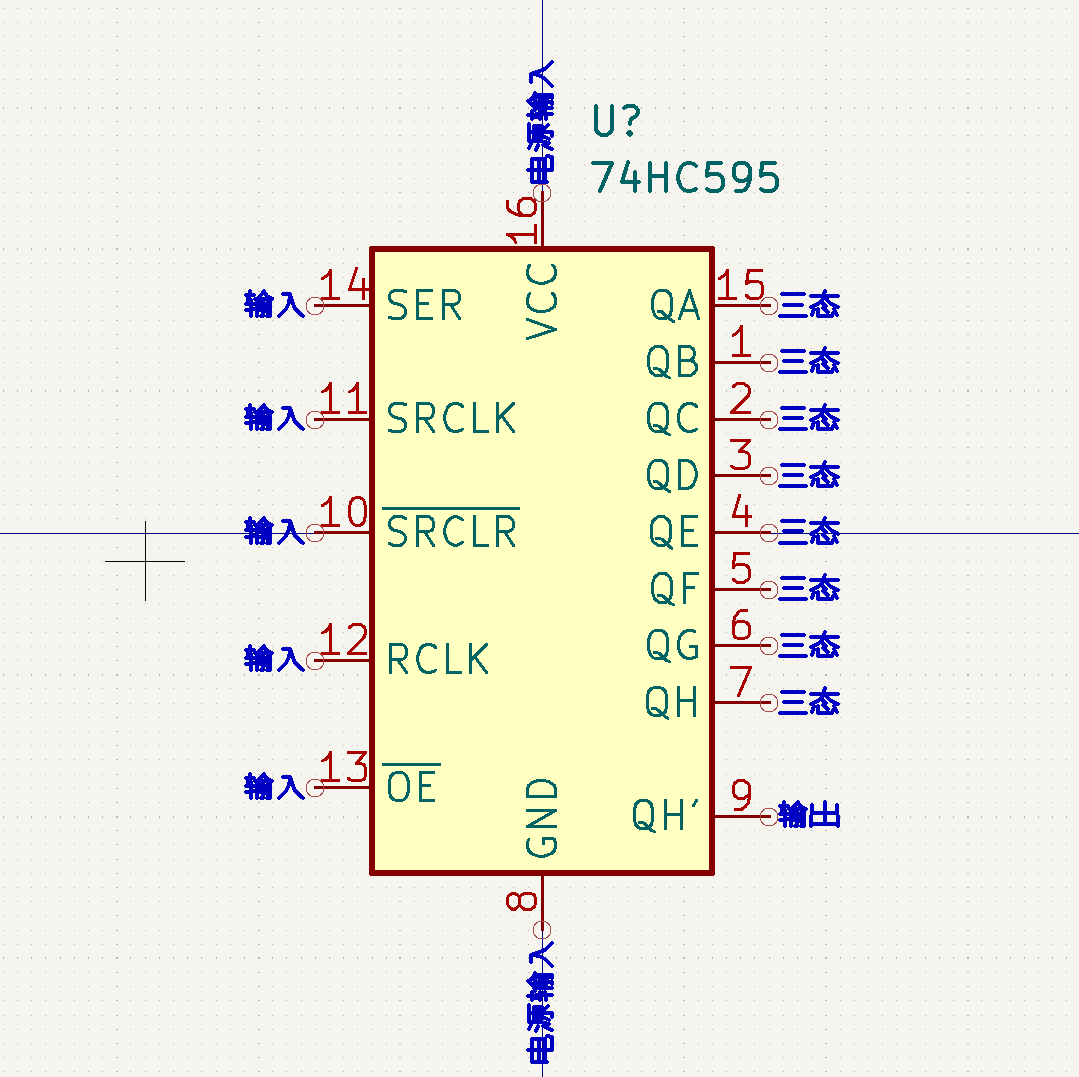 <WRAP chttps:www.eetree.cn/wiki/lib/tpl/bootstrap3/iconify.php?icon=mdi-image.svgenteralign> 移动符号管脚/WRAP>
然后再给器件添加一个说明,直接选择添加文本项,因为这个74HC595这个器件是一个8位移位寄存器,所以输入内容就是8-bit shift register,勾选斜体,这样看上去会更加美观
<WRAP chttps:www.eetree.cn/wiki/lib/tpl/bootstrap3/iconify.php?icon=mdi-image.svgenteralign> 移动符号管脚/WRAP>
然后再给器件添加一个说明,直接选择添加文本项,因为这个74HC595这个器件是一个8位移位寄存器,所以输入内容就是8-bit shift register,勾选斜体,这样看上去会更加美观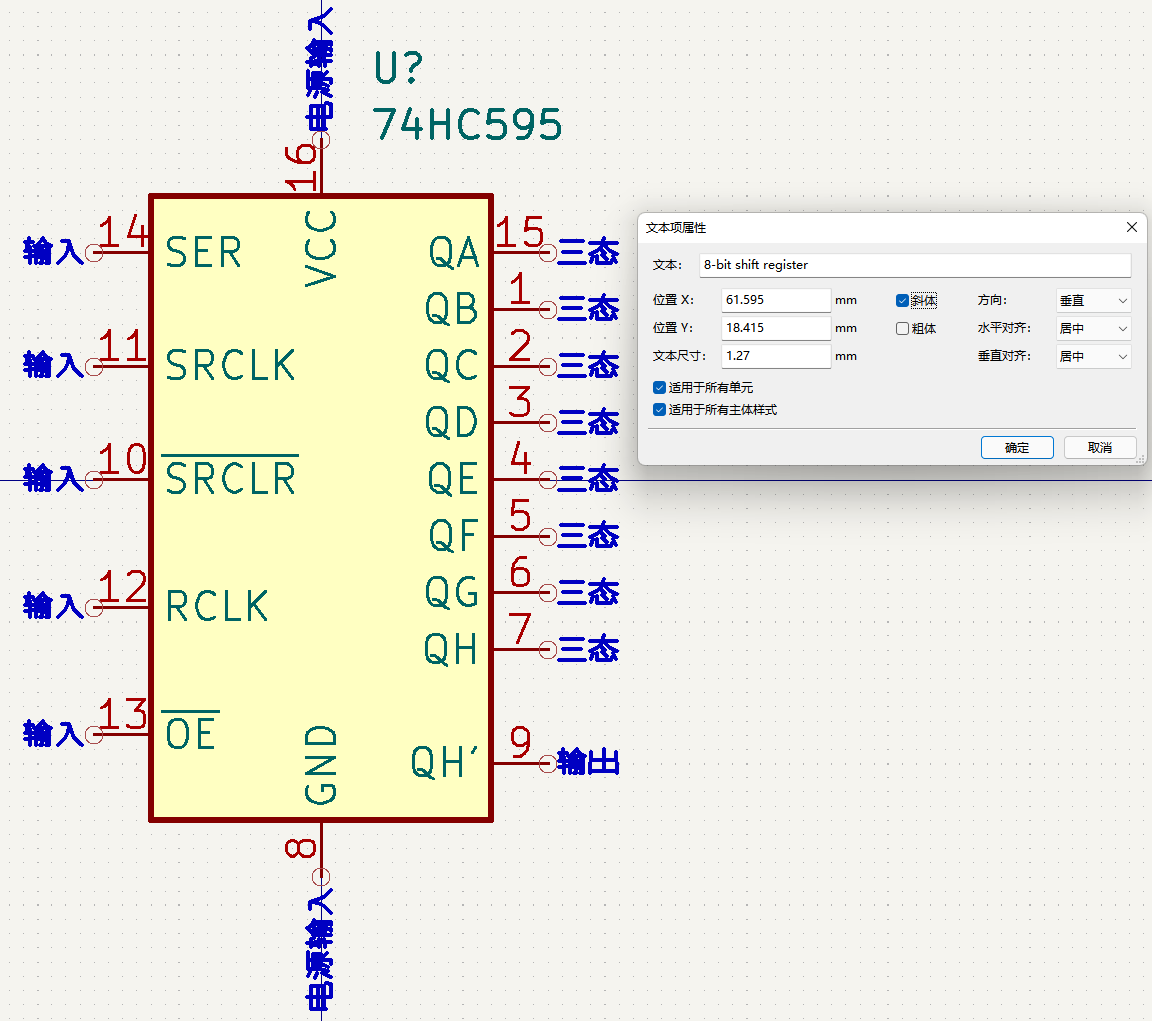 <WRAP centeralign> 添加文本项/WRAP>
这个就是修改后的符号,大家还可以根据自己的要求去修改符号的其他分部,比如符号的大小,引脚的长度等:
<WRAP centeralign> 添加文本项/WRAP>
这个就是修改后的符号,大家还可以根据自己的要求去修改符号的其他分部,比如符号的大小,引脚的长度等: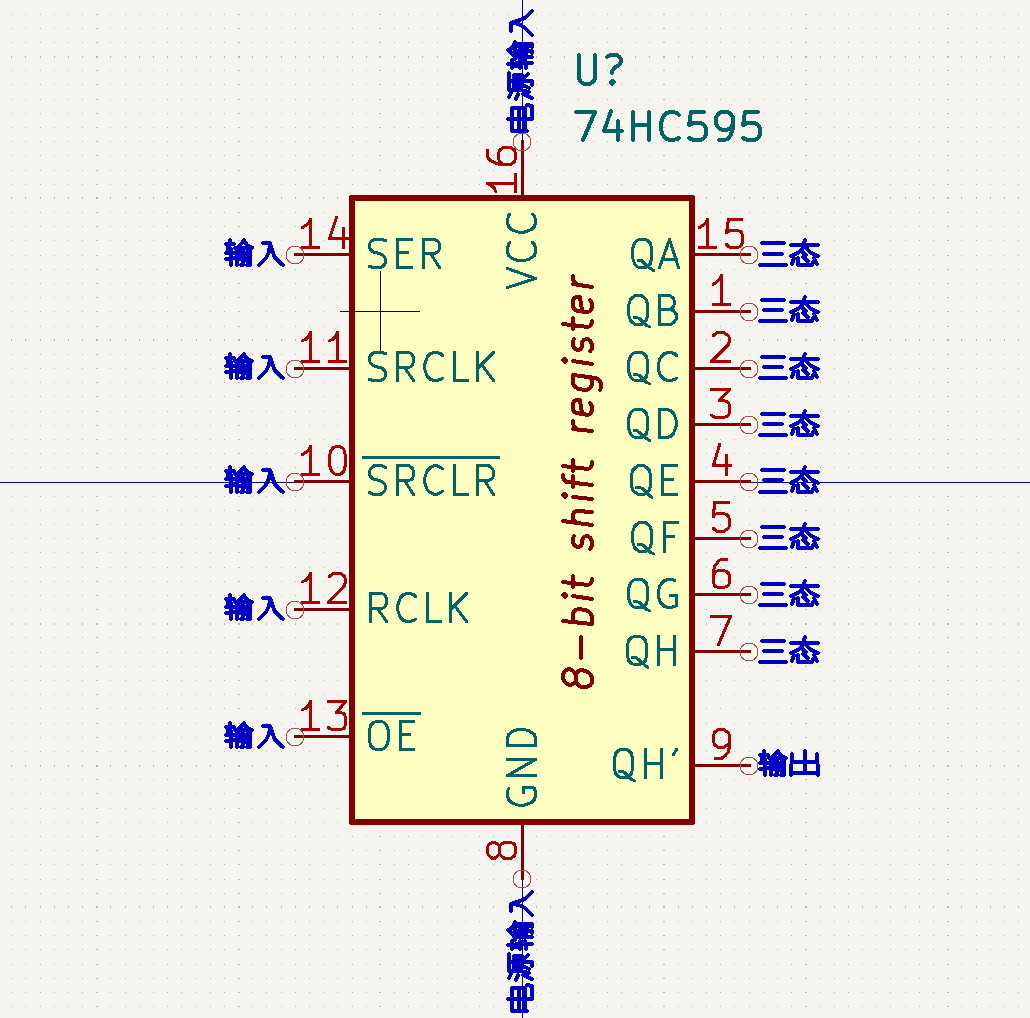 <WRAP centeralign> 修改后的符号/WRAP>
修改完成后就是要保存了,在保存前我们可以创建一个我们自己的符号库,将这个修改后的符号保存到里面,进入符号编辑器中之后选择文件-新建库如图:
<WRAP centeralign> 修改后的符号/WRAP>
修改完成后就是要保存了,在保存前我们可以创建一个我们自己的符号库,将这个修改后的符号保存到里面,进入符号编辑器中之后选择文件-新建库如图: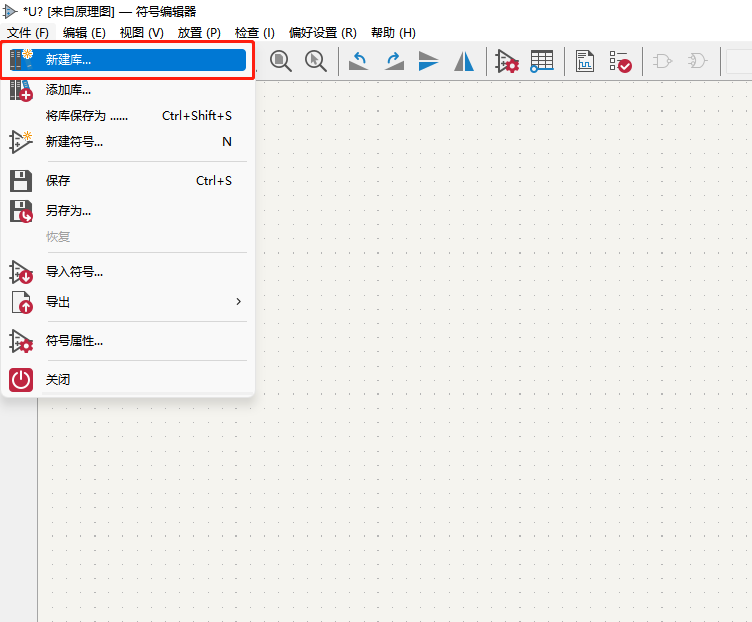 <WRAP centeralign> 创建新库/WRAP>
跳出弹框选择全局
<WRAP centeralign> 创建新库/WRAP>
跳出弹框选择全局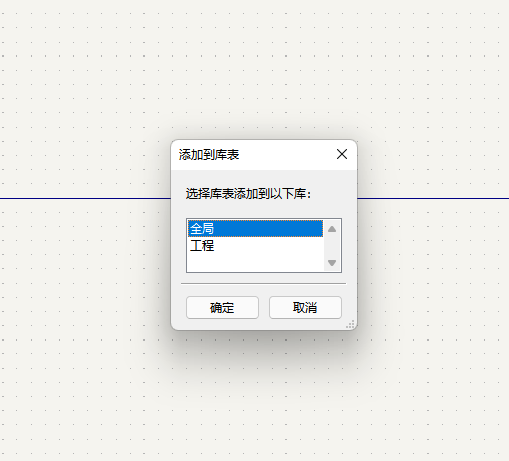 <WRAP centeralign> 创建新库/WRAP>
然后给新建的文件库取一个名字,默认是NEWLibrary这里我就取名为MYLibrary点击确认,新的符号库就创建成功了
<WRAP centeralign> 创建新库/WRAP>
然后给新建的文件库取一个名字,默认是NEWLibrary这里我就取名为MYLibrary点击确认,新的符号库就创建成功了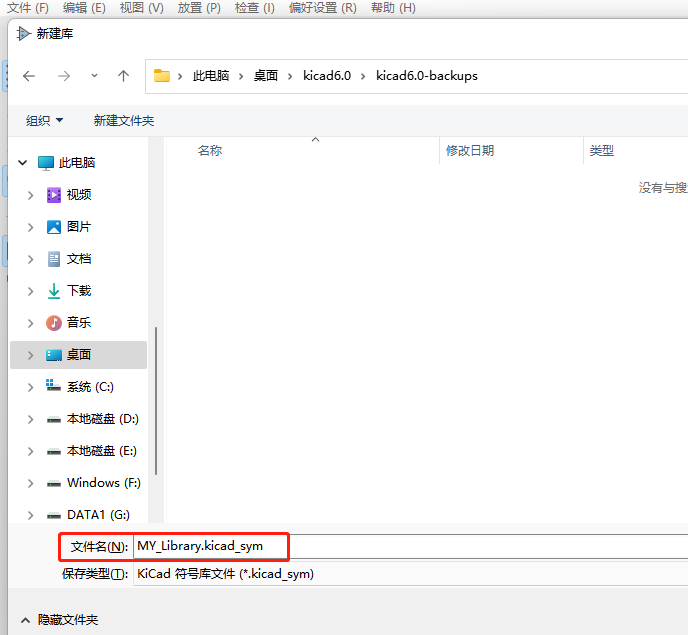 <WRAP centeralign> 创建新库/WRAP>
创建好新的库后就可以将我们修改的符号保存进来了,点击文件-另存为
<WRAP centeralign> 创建新库/WRAP>
创建好新的库后就可以将我们修改的符号保存进来了,点击文件-另存为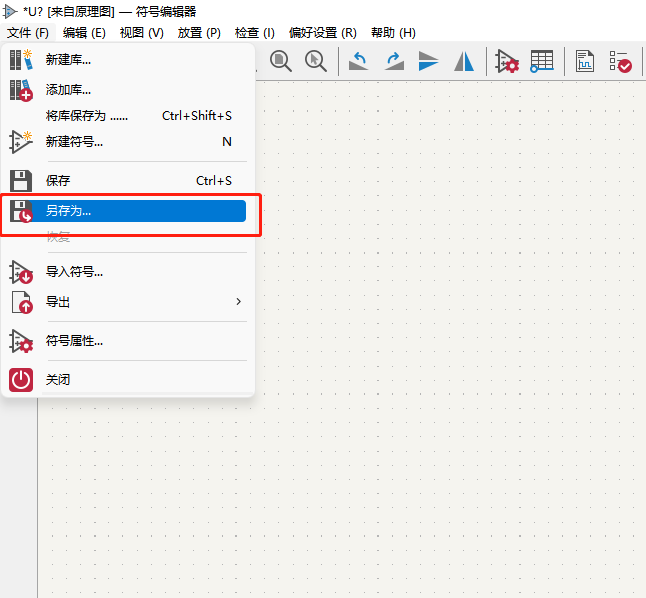 <WRAP centeralign> 保存符号/WRAP>
跳出弹框中我们可以修改符号的名称,然后选择文件夹,这里名称还是默认的名称,然后文件夹我们就选择刚刚创建的MYLibrary文件夹,点击保存即可如图:
<WRAP centeralign> 保存符号/WRAP>
跳出弹框中我们可以修改符号的名称,然后选择文件夹,这里名称还是默认的名称,然后文件夹我们就选择刚刚创建的MYLibrary文件夹,点击保存即可如图: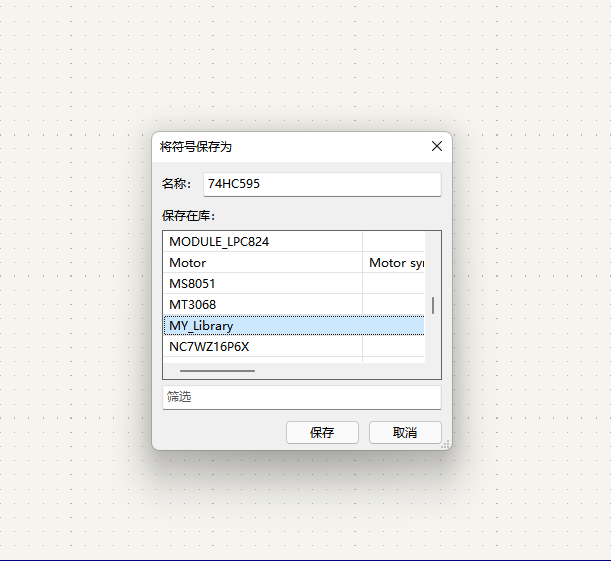 <WRAP centeralign> 保存符号/WRAP>
保存结束后,我们再来一起验证一下,点开原理图,再次添加符号,搜索这个器件的名称如图,我们可以发现出现了两个搜索结果,一个是在74xx软件自带的文件夹下,一个是在我们新建的文件夹下,点击到MYLibrary这个文件夹下,从右边预览的图片我们可以看出是我们刚刚修改后的符号,
<WRAP centeralign> 保存符号/WRAP>
保存结束后,我们再来一起验证一下,点开原理图,再次添加符号,搜索这个器件的名称如图,我们可以发现出现了两个搜索结果,一个是在74xx软件自带的文件夹下,一个是在我们新建的文件夹下,点击到MYLibrary这个文件夹下,从右边预览的图片我们可以看出是我们刚刚修改后的符号,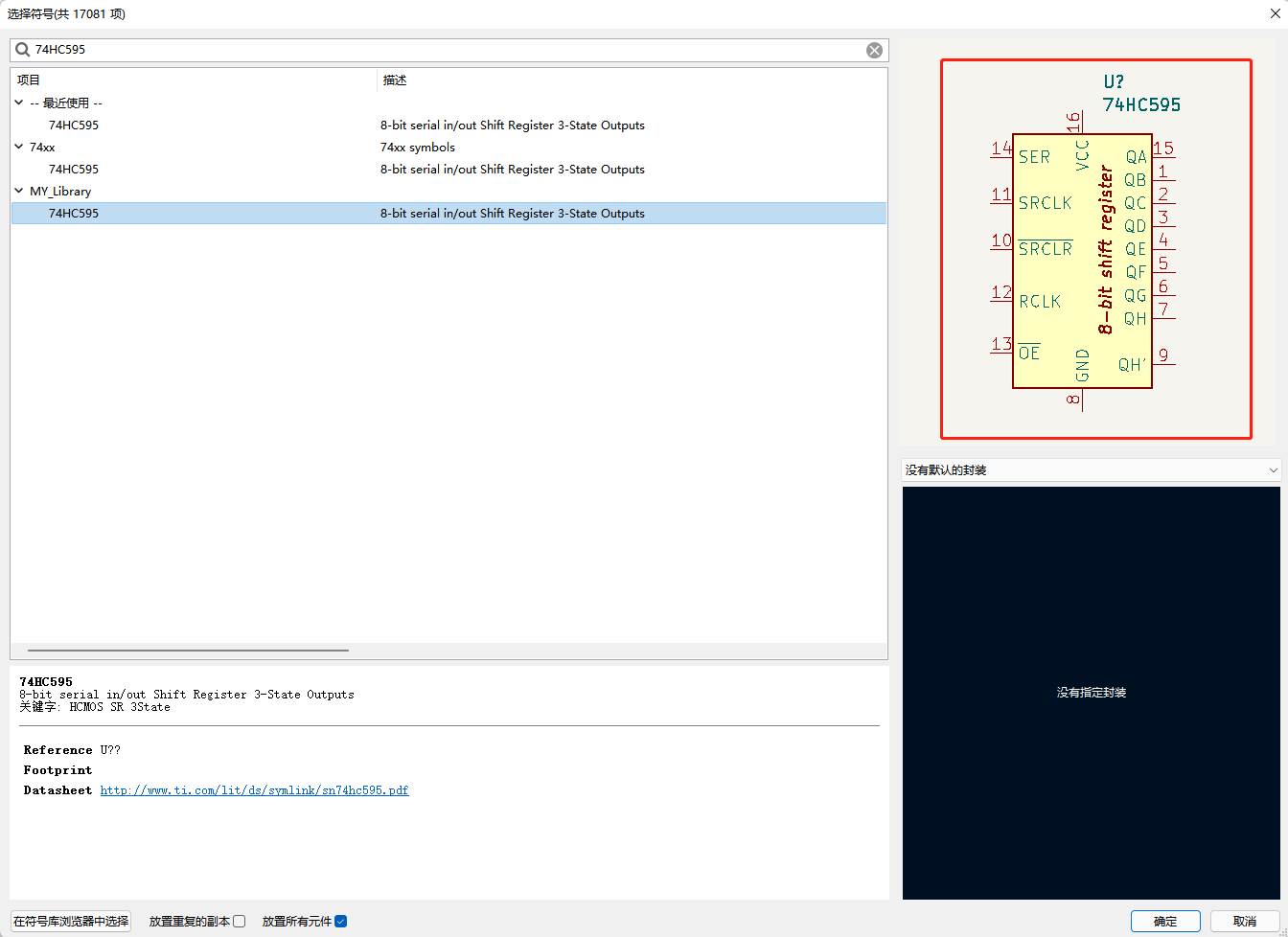 <WRAP centeralign> 添加符合/WRAP>
点击添加,现在原理图中就有两个符号了如图,左边是我们原来的符号,右边是我们修改后的符号。
<WRAP centeralign> 添加符合/WRAP>
点击添加,现在原理图中就有两个符号了如图,左边是我们原来的符号,右边是我们修改后的符号。 <WRAP centeralign> 符号对比/WRAP>
In this recipe, you will learn how to modify an existing symbol. It builds on knowledge that you have learned in the recipe on how to create a custom symbol. If you have not read that recipe (titled 'Creating a new component (symbol)'), please do that now and come back when you have.
The process of modifying an existing symbol starts with finding the symbol that you want to modify. Then, you create a copy of the original symbol, make the changes, and save it to an existing or new symbol library.
Let’s begin. Your objective is to make a few cosmetic changes to a symbol that ships with one of the standard symbol libraries of KiCad 5. The symbol name is '74HC595'. This is a common 8-bit shift register that you will find in many Arduino projects. The symbol itself is complete as it comes out of the box, but for the sake of this recipe, let's say that you would like to re- arrange some of the pins, change the location of the text blocks, and add some descriptive text.
First, in Eeschema, find the symbol you want to modify and add it to the sheet. You can do this using the 'Place Symbol' tool from the right toolbar
( ). With the symbol on the sheet, right click on it to reveal the context menu and click on Properties, 'Edit with Library Editor'.
You have already used the Library Editor to create a new symbol in the '35. Creating a new component (symbol)' recipe, so the editor window should be familiar (Figure 36.2).
Figure 36.2: An existing symbol, waiting for your modifications.
Using the knowledge you gained in the '35. Creating a new component (symbol)' recipe, move the pins around, change their text, modify and move the text blocks, or add new text as you see fit. I modified the symbol to look like the example in Figure 36.3. I have added a block of text that describes the device and moved the input pins along the left side of the rectangle.
When your modifications are complete, you must save the footprint in a
library. If you click on the Save button ( ), then you will overwrite the original symbol with the modified version. A better option is to save the modified symbol in a new library file. I prefer this option. Click on the Export
button ( ), or select Symbol, 'Export Symbol' from the menu. Navigate to your libraries directory, type in a new name for the new symbol and click Ok. I simply added my initials after the original name of the symbol (Figure 36.4).
Figure 36.4: Saving the modified symbol.
Finally, let’s test your modified symbol. In Eeschema, add the new symbol library to your libraries table if it isn’t there already. Add a new symbol to the sheet, which will reveal the symbol chooser window. Use the filter to search for the filter, by typing '74HC595' in the field (Figure 36.5).
Notice that there are three items inside the '74hc595_PD' library. Apart from the actual symbol name, there are two more: '74HCT595' and '74LS595'. These are aliases, pointing to the same symbol. To edit the aliases, use the symbol properties window from the Library Editor’s 'Symbol' menu.
Figure 36.6: Symbols can have aliases, configurable from the Properties window.
Double click on any of the symbol aliases to add the modified footprint to the sheet. The example in Figure 36.7 shows the original symbol on the left, and the modified version on the right.
<WRAP centeralign> 符号对比/WRAP>
In this recipe, you will learn how to modify an existing symbol. It builds on knowledge that you have learned in the recipe on how to create a custom symbol. If you have not read that recipe (titled 'Creating a new component (symbol)'), please do that now and come back when you have.
The process of modifying an existing symbol starts with finding the symbol that you want to modify. Then, you create a copy of the original symbol, make the changes, and save it to an existing or new symbol library.
Let’s begin. Your objective is to make a few cosmetic changes to a symbol that ships with one of the standard symbol libraries of KiCad 5. The symbol name is '74HC595'. This is a common 8-bit shift register that you will find in many Arduino projects. The symbol itself is complete as it comes out of the box, but for the sake of this recipe, let's say that you would like to re- arrange some of the pins, change the location of the text blocks, and add some descriptive text.
First, in Eeschema, find the symbol you want to modify and add it to the sheet. You can do this using the 'Place Symbol' tool from the right toolbar
( ). With the symbol on the sheet, right click on it to reveal the context menu and click on Properties, 'Edit with Library Editor'.
You have already used the Library Editor to create a new symbol in the '35. Creating a new component (symbol)' recipe, so the editor window should be familiar (Figure 36.2).
Figure 36.2: An existing symbol, waiting for your modifications.
Using the knowledge you gained in the '35. Creating a new component (symbol)' recipe, move the pins around, change their text, modify and move the text blocks, or add new text as you see fit. I modified the symbol to look like the example in Figure 36.3. I have added a block of text that describes the device and moved the input pins along the left side of the rectangle.
When your modifications are complete, you must save the footprint in a
library. If you click on the Save button ( ), then you will overwrite the original symbol with the modified version. A better option is to save the modified symbol in a new library file. I prefer this option. Click on the Export
button ( ), or select Symbol, 'Export Symbol' from the menu. Navigate to your libraries directory, type in a new name for the new symbol and click Ok. I simply added my initials after the original name of the symbol (Figure 36.4).
Figure 36.4: Saving the modified symbol.
Finally, let’s test your modified symbol. In Eeschema, add the new symbol library to your libraries table if it isn’t there already. Add a new symbol to the sheet, which will reveal the symbol chooser window. Use the filter to search for the filter, by typing '74HC595' in the field (Figure 36.5).
Notice that there are three items inside the '74hc595_PD' library. Apart from the actual symbol name, there are two more: '74HCT595' and '74LS595'. These are aliases, pointing to the same symbol. To edit the aliases, use the symbol properties window from the Library Editor’s 'Symbol' menu.
Figure 36.6: Symbols can have aliases, configurable from the Properties window.
Double click on any of the symbol aliases to add the modified footprint to the sheet. The example in Figure 36.7 shows the original symbol on the left, and the modified version on the right.
